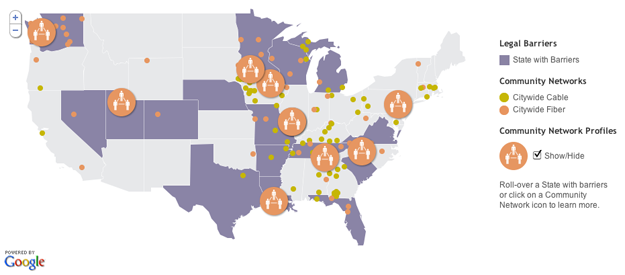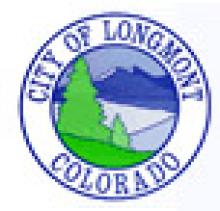Silicon Valley Power Does Dark Fiber and Wireless
Silicon Valley Power, a muni electric in Santa Clara, was smart when fibering-up its electrical plant. They overbuilt their needs and are using the additional capacity to benefit the community. One of the biggest beneficiaries are the schools and taxpayers that support them.
That brought to mind my recent conversation with Larry Owens, manager of customer services at Silicon Valley Power. The Santa Clara, Calif.-based municipal electric utility built fiber between its subsystems to increase the organization’s reliability. But Silicon Valley Power overbuilt that network, which enables it to lease dark fiber to the school district and service providers via its SVP Fiber entity. The electric company also purchased MetroFi, a free Wi-Fi services company that fell on hard times, to connect new smart energy meters to its offices. Those Wi-Fi assets also are being leveraged to deliver free outdoor Wi-Fi access to anyone within Santa Clara.I remember reading about this network earlier this year in a Public Power Daily release:
The technology and added bandwidth capacity allow teachers to hold virtual field trips and will eventually allow students who are unable to attend school the opportunity to join their classrooms via a home computer, Silicon Valley Power said. Download speeds have made classrooms more efficient, the utility said. "Before the fiber network, the download process was very slow and sometimes wouldn't work at all when my class tried to use streaming video to add to our lessons," said Jennifer Rodriguez, who teaches a fourth- and fifth- grade combo class at Katherine Hughes Elementary School. "Now I can utilize instructional videos off the web and stream them quickly, making the lesson more interesting and the learning more fun for my students."









